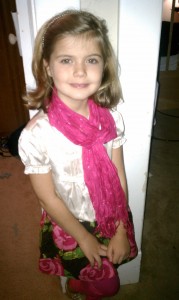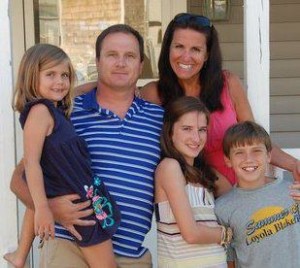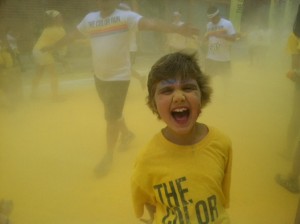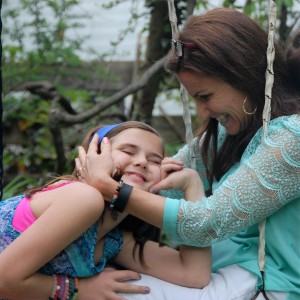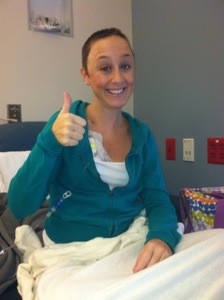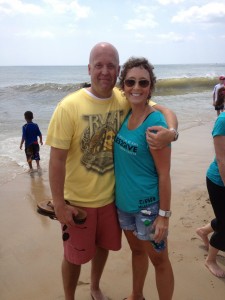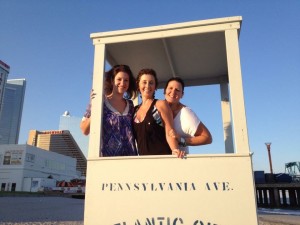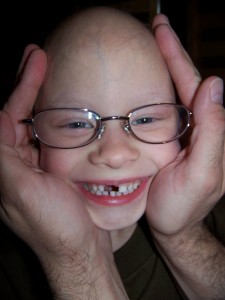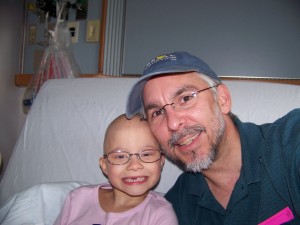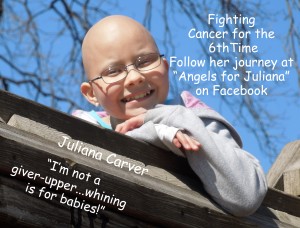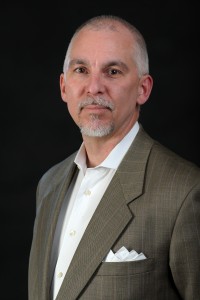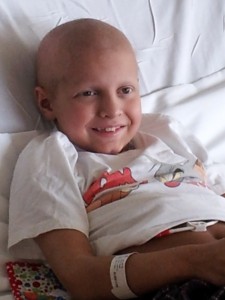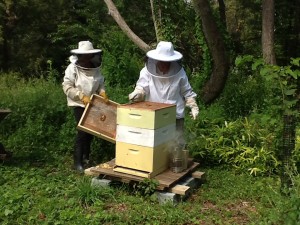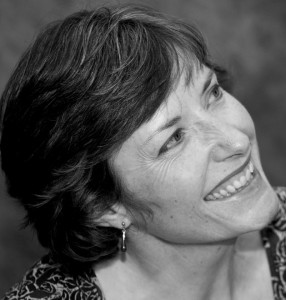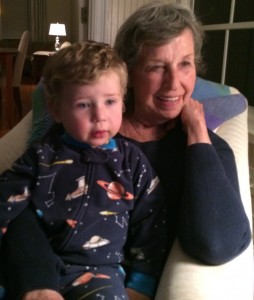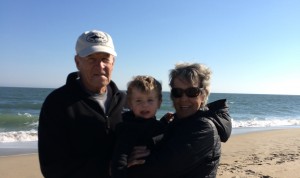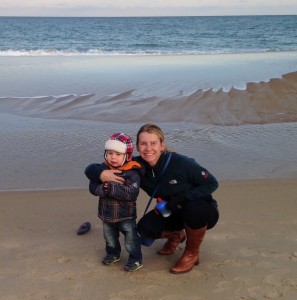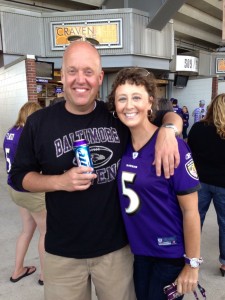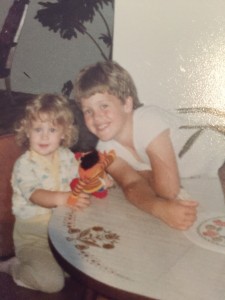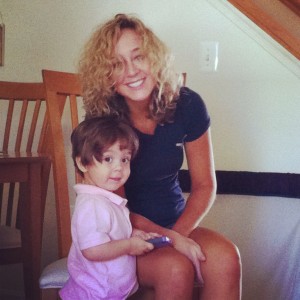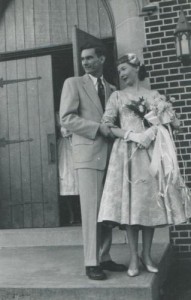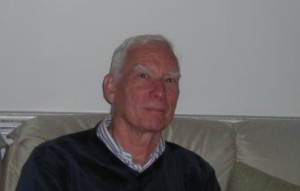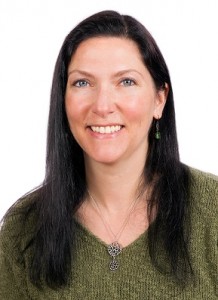By Val Walker
 In times when we feel lonely, lost, or isolated we tend to block out the memories of the fulfilling moments of our lives. It just seems our mind is full of flat, grey images and our hearts feel empty.
In times when we feel lonely, lost, or isolated we tend to block out the memories of the fulfilling moments of our lives. It just seems our mind is full of flat, grey images and our hearts feel empty.
When I’d like to give myself a boost of energy and brightness, I rely on a powerful, yet simple little journaling exercise called Ten Sparks. As a rehabilitation specialist for people with disabilities and mental illness for 24 years, I’ve used this helpful exercise with the individuals I’ve served and witnessed lovely memories springing back to life when they’ve shared their journals with me. I recommend doing this exercise once a month to reflect on the moments that leave a warm glow in our heart. It’s uplifting as well as revealing and can give us signs for the right path for us to take. (Some people have remarked that this exercise is similar to keeping a gratitude journal. The major difference with Ten Sparks is that we examine the patterns or themes after we have listed ten memories.)
In the following Ten Sparks exercise, we reflect and recall ten moments of warm experiences within the past few months—bursts of energy that felt fulfilling or meaningful. That moment may have been brief or fleeting but it left a lasting impression. The more specific the recollection, the better.
Ten Sparks
Over the past few months I remember these energizing moments—I felt a spark, a glow.
- At the river, I saw a little boy running and singing while playing with his dog. His joy was contagious!
- I helped my friend Doreen while we spoke on the phone about her granddaughter—felt so good to comfort her.
- My supervisor told me that the safety curriculum I wrote was just approved and now ready to launch—he praised me for my persistence to get that damn thing finished!
- When I donated my old books to the senior center, a woman shared she was a Ken Follett reader and was so happy to have my collection.
- My father told me he loved his handmade birthday card.
- I gave a simple little dinner party for two friends. We had a lot of laughs talking about how none of us could cook and chat at the same time without ruining the food.
- Talking to my neighbor on the patio, we paused for a moment to marvel at two butterflies that landed near us. My neighbor chuckled and said, “They seem to like us.”
- I took photos of daffodils on a lush, green hillside and posted them on Facebook.
- My niece was wowed by all my African violets blooming with pink and lavender blossoms.
- I love the poem “Wild Geese” by Mary Oliver. I read this out loud to my pastor when I was feeling depressed, but I got chills as the words resonated so strongly.
The most common themes (patterns) that these ten sparks reveal to me are:
My love of nature and natural beauty.
My love of service to others.
My love of nurturing others.
I like feeling a sense of accomplishment.
Given these themes, a good way to build more fulfilling activities in my life could be volunteering for a nature organization such as the Audubon Society. It also might be fun, just for starters, to go to their monthly potluck dinner where I can bring my ambrosia dish.
I hope readers of the Stories Between can enjoy this journaling practice, and that it may help you as much as it has helped me. May your warm recollections give you guidance!
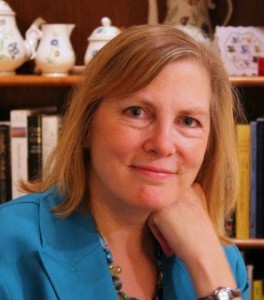 Val Walker, MS, is the author of The Art of Comforting: What to Say and Do for People in Distress(Penguin, 2010), and a Nautilus Book Award Gold Medalist in 2011. The Art of Comforting was listed as recommended reading by the Boston Public Health Commission’s Guide for Survivors of the Marathon Bombing. Val’s articles have appeared in Whole Living Magazine, AARP Bulletin, Coping with Cancer Magazine, and other national publications. Formerly a rehabilitation counselor, she now works as an activities specialist leading groups for seniors with Alzheimer’s, and other groups with disabilities. To learn more about Val you can visit her website, Comforting in Action.
Val Walker, MS, is the author of The Art of Comforting: What to Say and Do for People in Distress(Penguin, 2010), and a Nautilus Book Award Gold Medalist in 2011. The Art of Comforting was listed as recommended reading by the Boston Public Health Commission’s Guide for Survivors of the Marathon Bombing. Val’s articles have appeared in Whole Living Magazine, AARP Bulletin, Coping with Cancer Magazine, and other national publications. Formerly a rehabilitation counselor, she now works as an activities specialist leading groups for seniors with Alzheimer’s, and other groups with disabilities. To learn more about Val you can visit her website, Comforting in Action.



